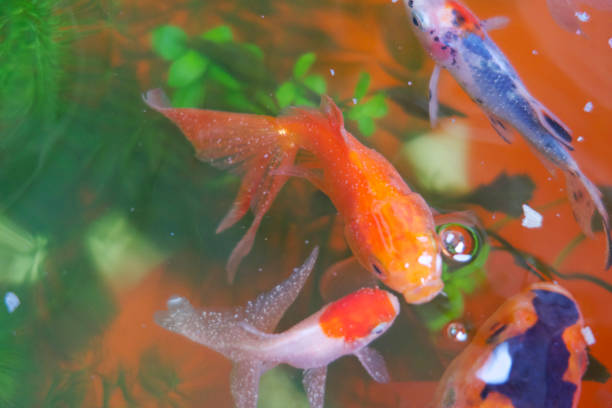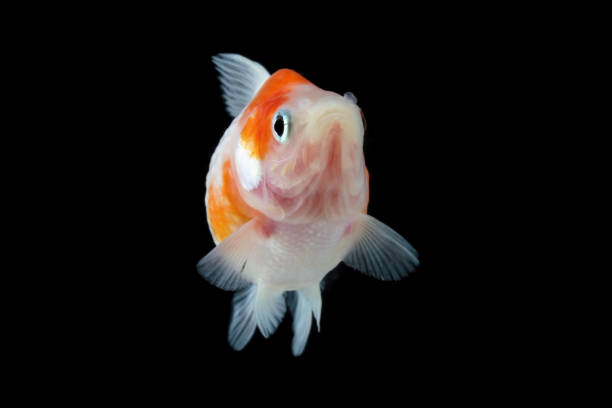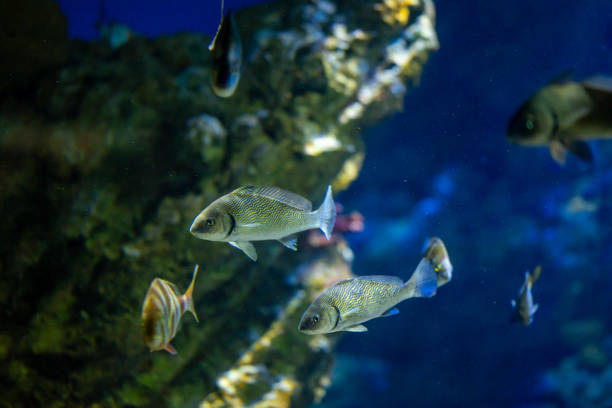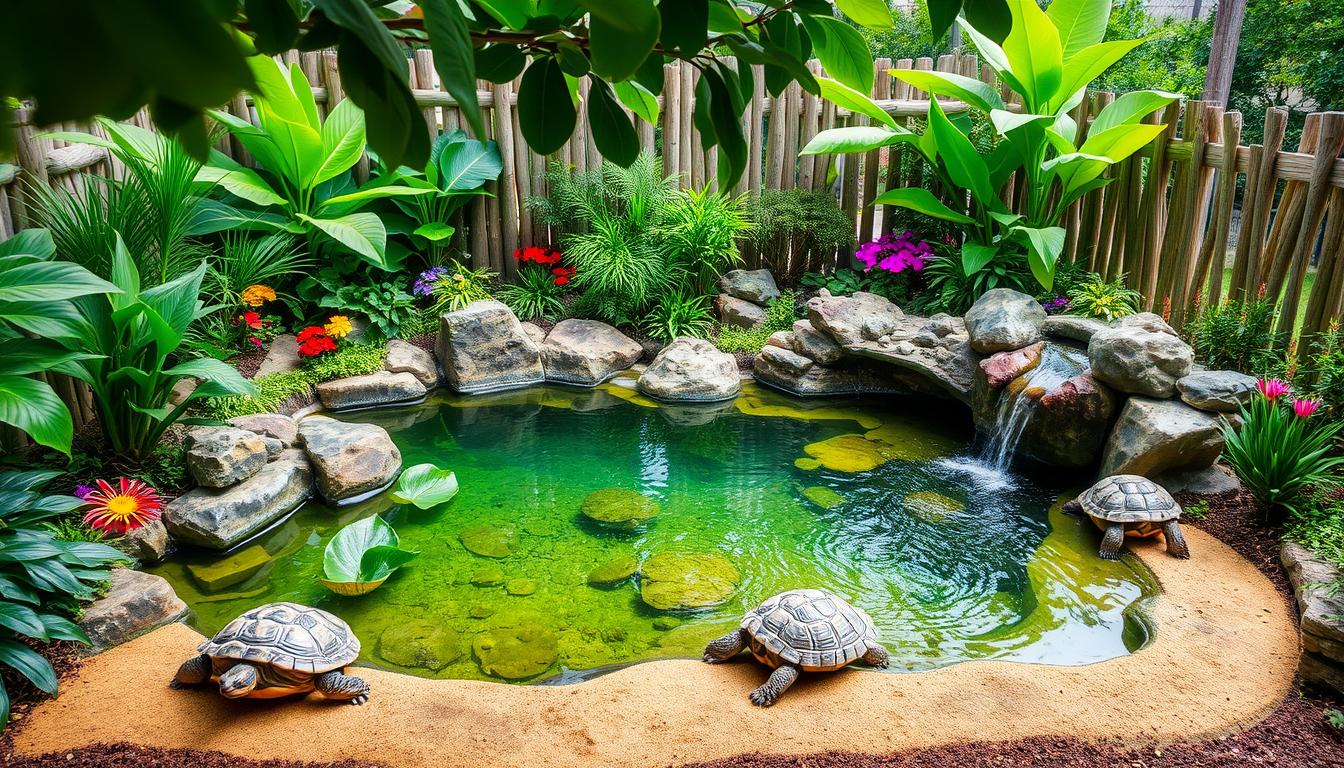The Ultimate Guide to Keeping Freshwater Jellyfish in an Aquarium

Introduction
Have you ever considered keeping jellyfish as pets? While marine jellyfish are often difficult to care for, freshwater jellyfish (Craspedacusta sowerbyi) offer a fascinating alternative. These tiny, non-stinging jellyfish create a mesmerizing display in an aquarium. However, they require specific care and an optimized environment to thrive.
In this guide, we’ll walk you through everything you need to know about setting up a freshwater jellyfish aquarium, maintaining water quality, feeding them properly, and ensuring their long-term health.

What Are Freshwater Jellyfish?
Meet Craspedacusta sowerbyi
Freshwater jellyfish belong to the species Craspedacusta sowerbyi. Unlike their marine relatives, these jellyfish inhabit calm, freshwater bodies such as lakes, ponds, and slow-moving rivers. They have a translucent, bell-shaped body and pulsate gracefully through the water.
How Are They Different from Marine Jellyfish?
Unlike saltwater jellyfish, freshwater jellyfish are much smaller, usually reaching about an inch (2.5 cm) in diameter. They also lack the strong stinging cells found in oceanic species, making them harmless to humans and tankmates.
Setting Up a Freshwater Jellyfish Aquarium
Choosing the Right Tank Size
A 10- to 20-gallon tank is ideal for keeping freshwater jellyfish. Since they require stable water conditions, larger tanks help maintain consistency in temperature and quality.
Water Movement is Key
Jellyfish are weak swimmers and rely on water currents to move. A gentle, circular water flow is necessary to keep them suspended and prevent them from getting stuck in the corners of the tank.
Essential Water Quality Requirements
Temperature and pH Balance
Freshwater jellyfish thrive in water temperatures between 64°F and 77°F (18°C – 25°C). The pH should be maintained around 6.5 to 7.5, similar to their natural habitat.
Filtration Without Strong Currents
A sponge filter or a low-flow external filter is best for maintaining water clarity while ensuring the jellyfish are not harmed by strong suction. Avoid powerheads or high-flow filters that could trap them.

Lighting for a Jellyfish Habitat
Best Aquarium Lighting Options
LED lighting with adjustable brightness is ideal for showcasing the delicate movements of your jellyfish. Soft blue or white lighting creates a mesmerizing glow effect.
Why Lighting Matters
While jellyfish do not rely on light for survival, the right lighting enhances their visibility and movement patterns, making them a stunning addition to any aquarium.
Feeding Freshwater Jellyfish
What Do They Eat?
Freshwater jellyfish primarily feed on microscopic zooplankton, such as daphnia and baby brine shrimp.These food sources closely resemble what they consume in the wild, supplying vital nutrients for their growth and well-being.
Feeding Best Practices
Feed them once or twice a day with live or frozen plankton. Overfeeding can lead to poor water quality, so only provide small amounts they can consume in a few minutes.
Tank Maintenance and Cleaning Tips
Keeping the Aquarium Clean
Since jellyfish are sensitive to sudden changes in water quality, regular maintenance is crucial. Perform small water changes (10-20%) weekly to keep the environment stable.
Avoiding Common Issues
Monitor for ammonia and nitrite spikes, as jellyfish are highly sensitive to these toxins. Use a high-quality water testing kit to ensure parameters remain within the ideal range.
Jellyfish Care and Health Monitoring
Signs of Stress or Illness
Lethargy, curling tentacles, or excessive floating at the surface can indicate stress or poor water conditions. Address these issues promptly to prevent health problems.

Keeping Them Healthy
Maintaining consistent water conditions, providing proper nutrition, and ensuring gentle water flow will keep your jellyfish healthy and active.
The Challenges of Keeping Freshwater Jellyfish
Why Are They Considered Delicate Pets?
Freshwater jellyfish are highly sensitive to environmental changes. Sudden fluctuations in temperature, poor water quality, or improper feeding can lead to their decline.
Overcoming Common Hurdles
If you’re dedicated to maintaining stable water parameters and feeding them appropriately, keeping freshwater jellyfish can be a rewarding experience. Research and patience are key!
Conclusion
Keeping freshwater jellyfish can be an incredible experience for aquarium enthusiasts who appreciate delicate, mesmerizing creatures. While they require specialized care, their unique beauty makes the effort worthwhile. If you’re up for the challenge, a freshwater jellyfish aquarium can be a stunning and hypnotic centerpiece in your home.
FAQs
1. Are freshwater jellyfish dangerous?
No, freshwater jellyfish (Craspedacusta sowerbyi) are non-stinging and harmless to humans and fish.
2. How long do freshwater jellyfish live?
In optimal conditions, they typically live a few weeks to a couple of months in their medusa (jellyfish) stage.
3. Can they be kept with fish?
It’s not recommended. Fish may either eat the jellyfish or disrupt their movement, making it difficult for them to thrive.
4. How often should they be fed?
Feed them once or twice daily with small amounts of live or frozen plankton.
5. Do they reproduce in captivity?
They reproduce through polyps, but inducing medusa formation in a home aquarium is rare.
Slug: freshwater-jellyfish-aquarium-guide
Meta Description: Discover how to set up a freshwater jellyfish aquarium! Learn about Craspedacusta sowerbyi, tank maintenance, feeding, lighting, and care tips for a mesmerizing jellyfish habitat



